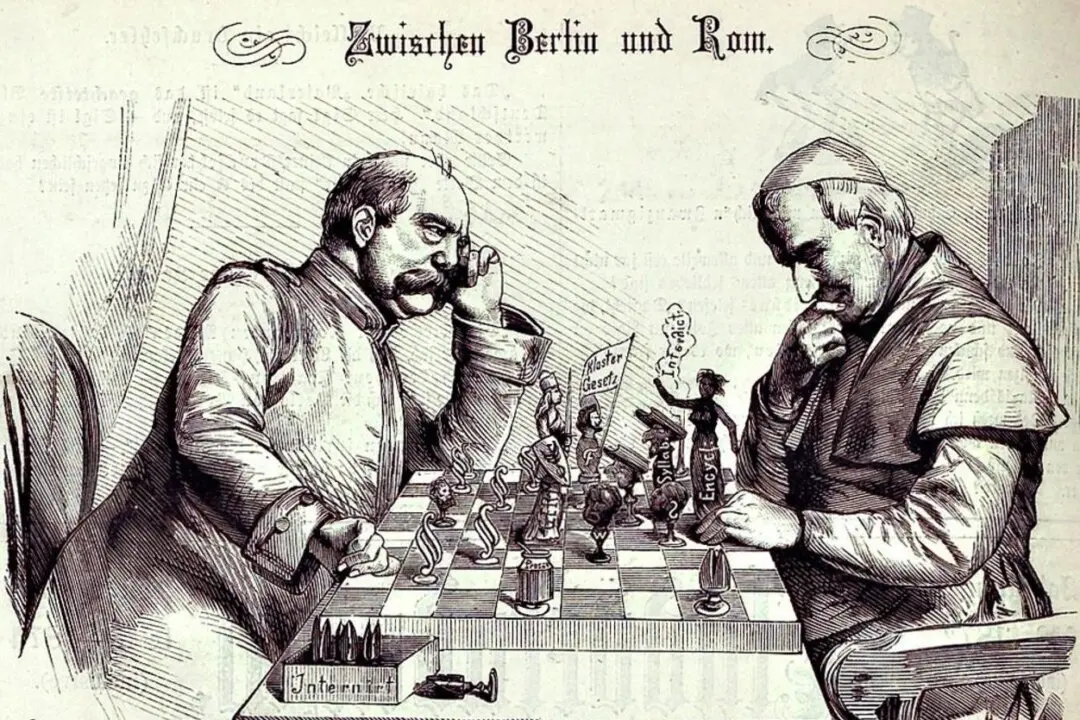Commentary
It’s been a notorious fact for people of any discernment and discrimination for many decades that the Hollywood film industry—while capable of producing remarkably fine, apposite, and culturally significant films from time to time—is a seething hothouse of hypocrisy, philistinism, bigotry in all fields, pretension, and is a crumbling Ozymandian monument of poor taste and reprehensible conduct.





